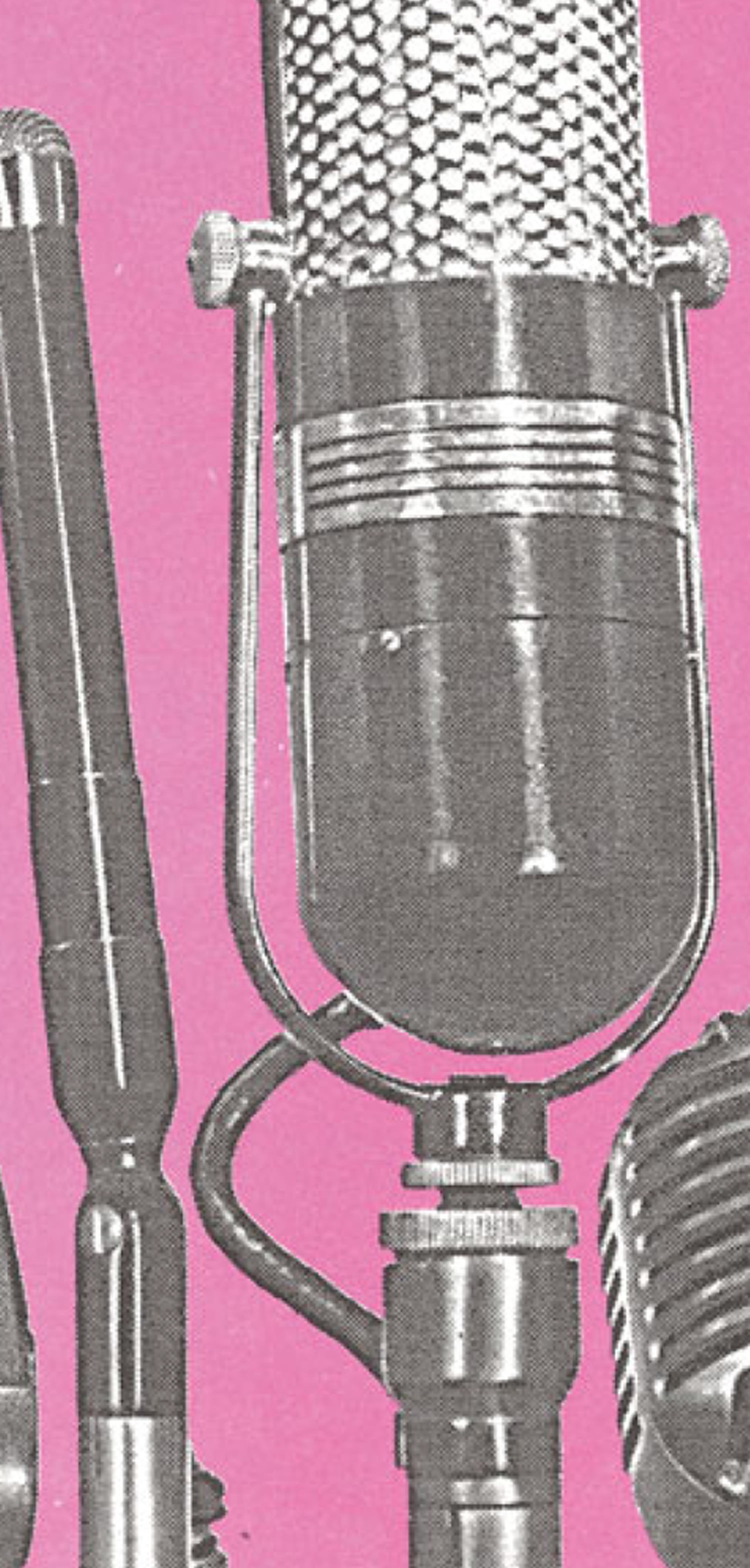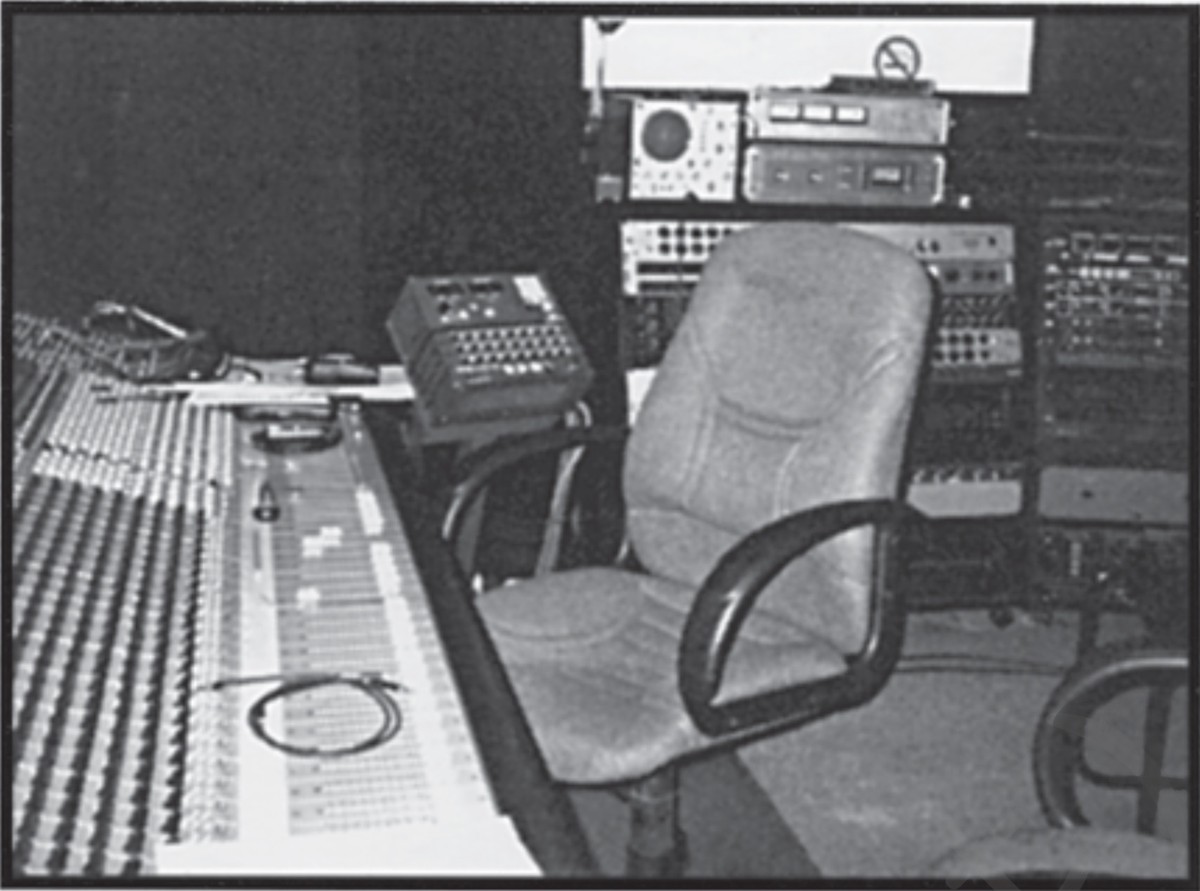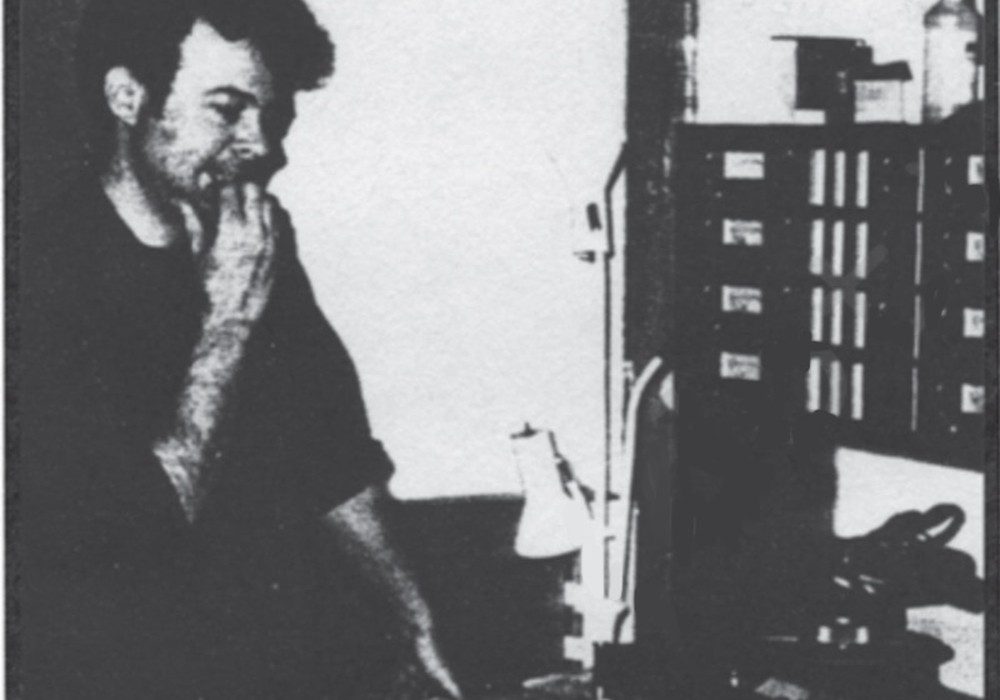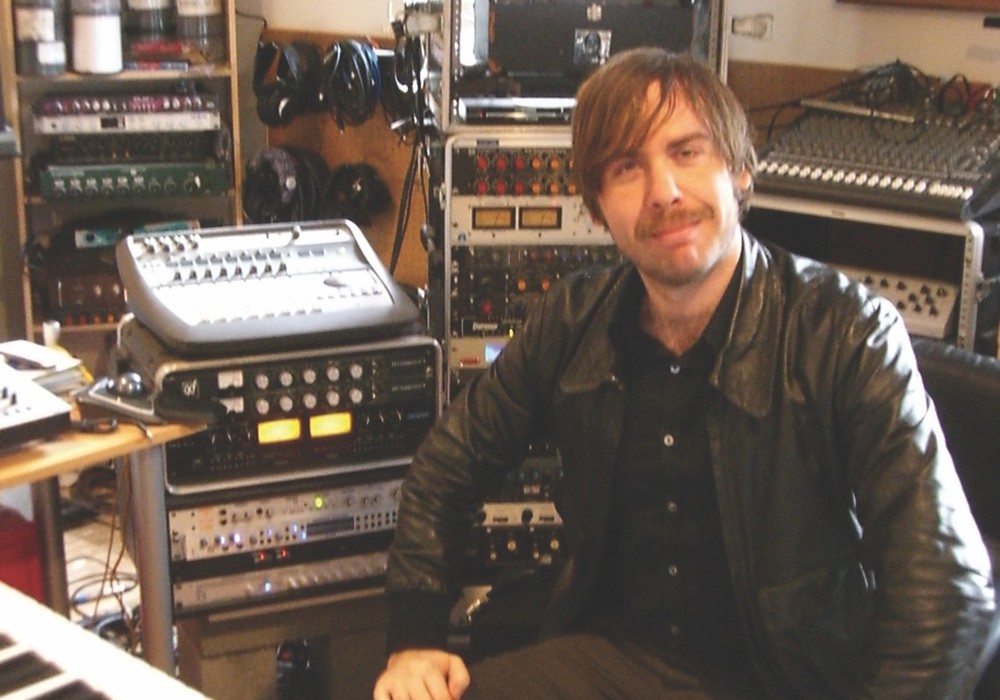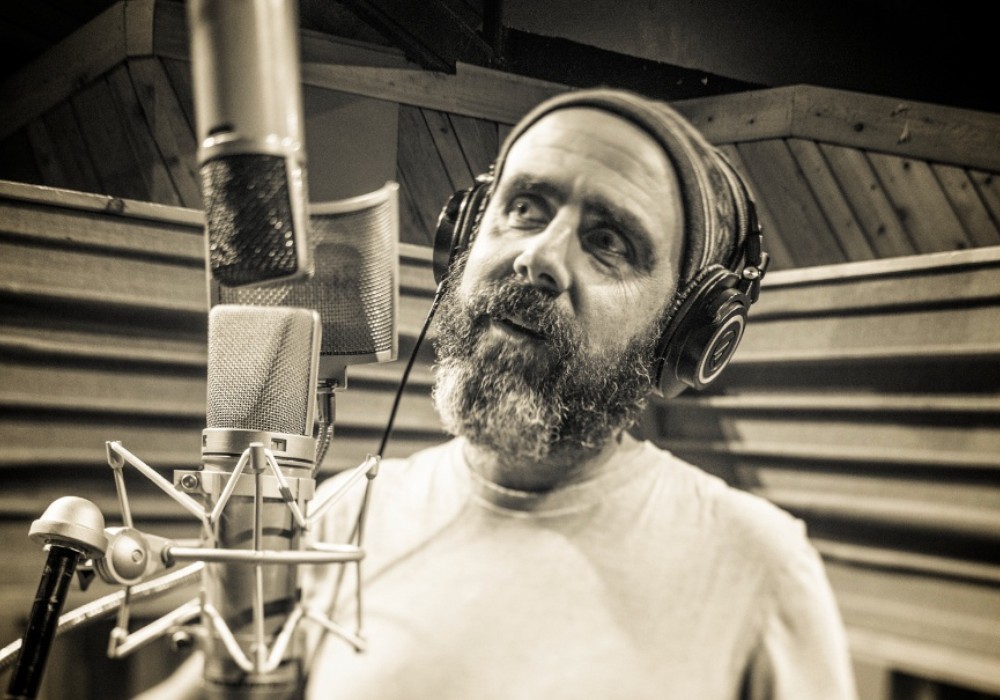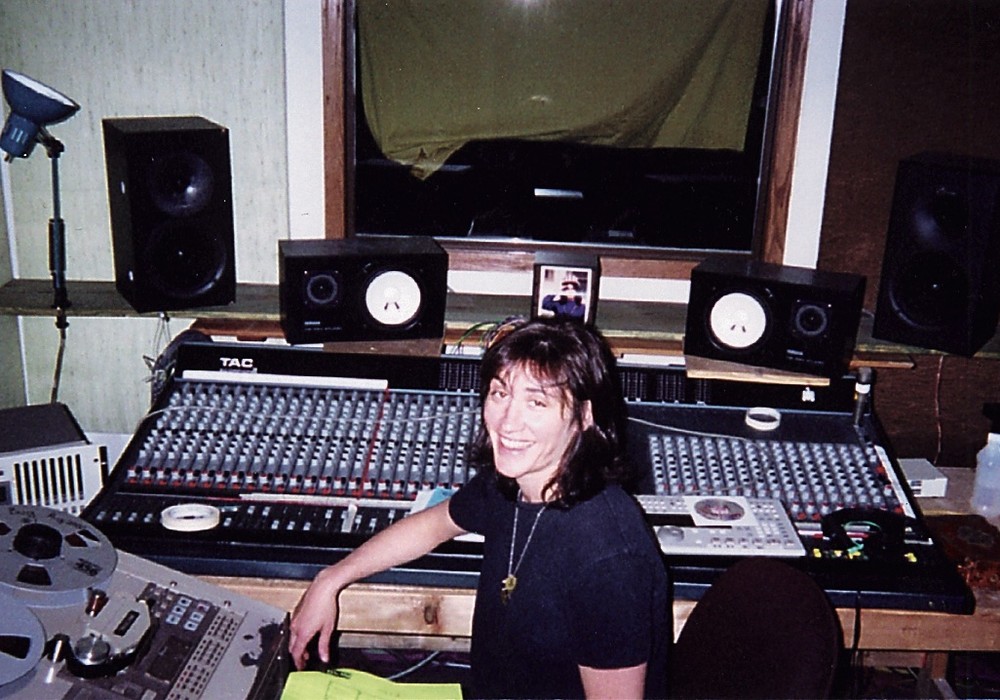Drive through Hartford, Connecticut, and you can't help but notice the giant blue onion sitting atop a tower in an industrial complex. The onion was a gift from Czar Nicholas to Samual Colt in exchange for 2 engraved dueling pistols during a tour of Russia. The building was originally created to house the old Colt Firearms factory. Today that space is home to artists, dancers, and a cozy, but spacious 24 track analog recording studio. The first interview was conducted with Dave Shuman, the owner, who explains the origins of Studio .45. The second allows Michael Deming, the chief engineer, to discuss some of his techniques and equipment. Together these are the gentlemen that make Studio .45 go.
DAVE SHUMAN
Did the studio get started when you and Michael met in college?
Well actually, Michael and I went to the same music school, but we went several years apart. We didn't know each other at that point. Michael had several friends, who now are great friends of mine, and each person had a certain amount of gear that by itself wasn't anything in particular. A couple people had leftovers from PA's. Two people were in a band together and one of them had a ?" 16 track machine. Someone else had a small board and some monitors. Michael had scouted the space for the studio because he was living across the hall in an apartment which is now our B studio. When he saw the space in its raw form, he thought it would make a wonderful studio. He gathered up a couple roommates to help defray the expenses and convinced a few people to drop off their unused gear there. It got wired together just like that.
What was the first board you started out using?
The first main board was a Tascam M520. Which is a 20 x 8 Tascam board that the Mackie boards now replace these days. It was a muddy sounding thing. I barely remember. It was so many studio hours ago. We would run it with a series of sidecars, depending on what we were doing. The last installation had a Hill mixer which was configurable to either 16 by 2 or 12 by 4 by 2. And that was a really good mixer. I still have it in a rack. There was also an old Audio Arts 2k, which was another 16 by 2 mixer. There was another Tascam mixer before I was involved. But usually it was used with a monitor attached to it, along with whatever could be wired for extra inputs and was available at the time. When the studio started, it didn't have much in the way of patch bays. There were cheap patch bays and Hosa, which is horrible cheap cable. It was very noisy and hissy. Michael and I would do searches for noise every time we would come in. The old patch bays would act like antennas for whatever noise they could suck in. You'd crank up your levels for testing to see what was making the most noise and figure out how to make it quieter before you'd start working.
How much engineering experience had either one of you had at this point?
I'm not really sure exactly how much Michael had. I know he had done some work at Kramer's Noise New Jersey studio with Giant Metal Insects. In a related vein, he was booking shows at a small venue in Hartford and having to be the promoter and sometimes door-person and sound person all at the same time. He had a lot of cool bands but Hartford didn't have an audience for those bands at the time. He had various friends and people in the Hartford area that would ask him to help out with the recording, production, or some engineering. I don't think he had a solid studio background before the studio came into existence. For me it had been mostly 4 track cassette-based recording with friends. One band I was in had a very elaborate 4 track setup. Two 4 tracks were used, one as a sub-mixer for the other in a permanently wired rehearsal space for recording every rehearsal. When I was in college, I ended up doing demos for people on my own 4 track. I'd spent time screwing around in the college recording studio, which wasn't very extensive. A little bit of work in smaller 16 track studios--more as a musician than as an engineer. I had read quite a bit about what it all did and as an electric bass player, I'd used amplifiers and effects units and they're all very basically the same. I mean, there's not a lot you can do with a signal at this point. There are endless ways to combine effects, but when you think about it there are things you do with volume and things you do with tone...
